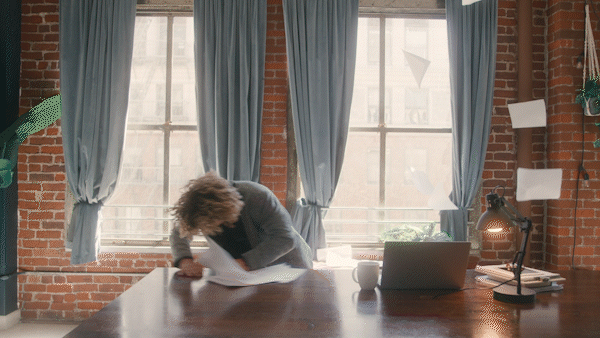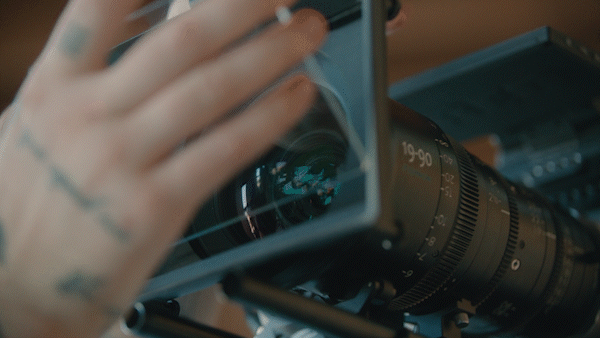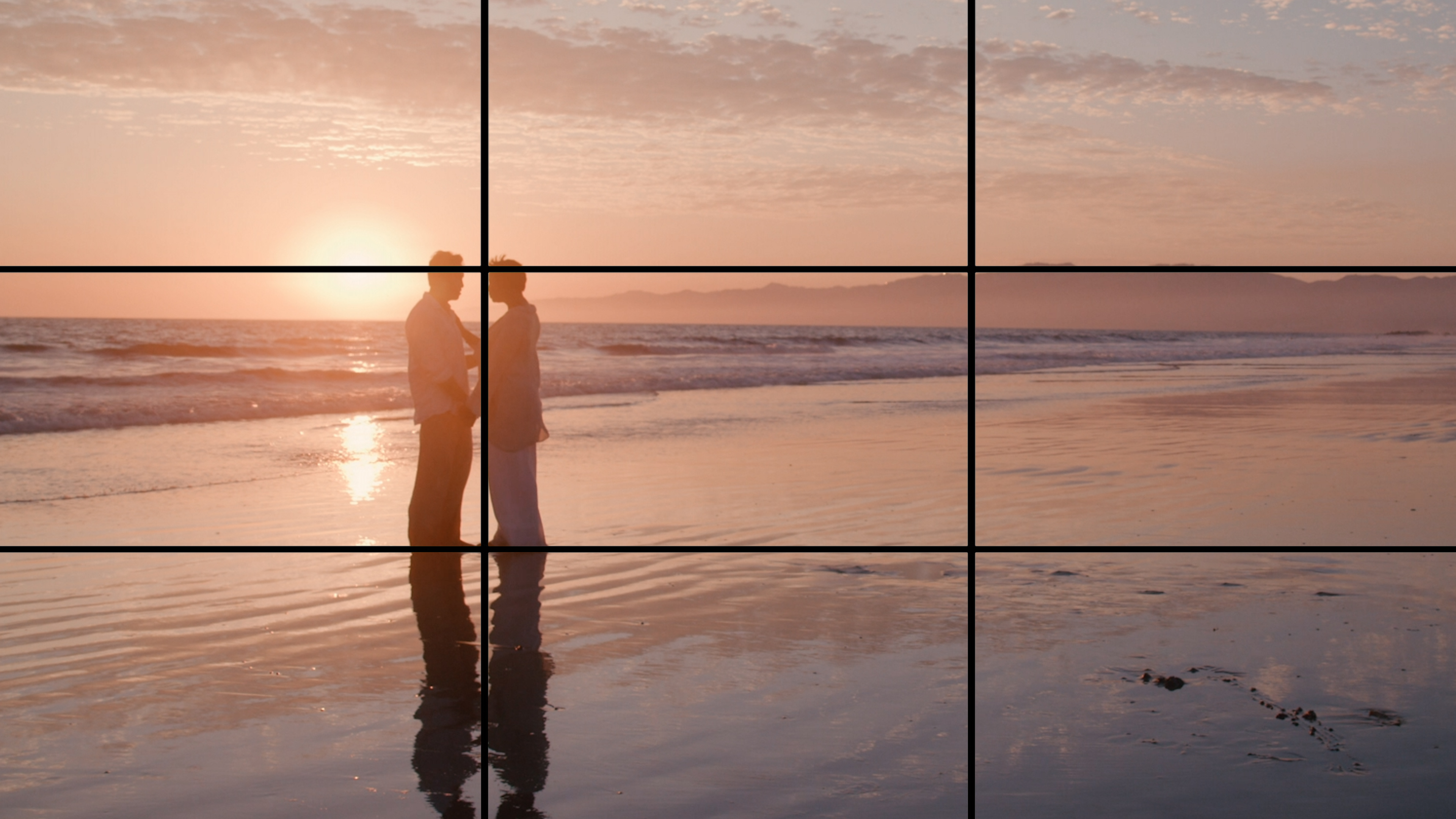
Filmpac Footage Contributor Program
Want to make money selling footage through a major stock footage platform like Filmpac? This page will walk you through the processs.
Continue ReadingBy Kevin Graham
A diffusion filter is simply a physical filter (made of glass or plastic) that you place in front of your camera lens that alters the resulting image.
There are lots of reasons to use a diffusion filter on your camera.
These filters, such as Tiffen’s Pro-Mist or Schneider’s Hollywood Black Magic series, can do multiple things:
They help remove unsightly wrinkles or blemishes on talent, they reduce harshness in highlights to create a softening effect with bright light sources, and they can help lift contrast to create a more filmic, cinematic look.

You will really notice the difference in highlights. Things like windows, lamps, and even the sun in your shot will appear much less harsh, and the falloff from the center of the highlights will be much more pleasant to the eye.
Lots of fashion shoots, lifestyle shoots, and anything that requires extreme closeups of talent often utilize diffusion filters to soften the image. There is just a certain harshness that always exists within digital footage, and these filters can really make a difference.
Diffusion filters come in various intensities and thicknesses; what you choose really just depends on the style you’re after. Generally, a thicker filter will result in a more dramatic effect.

Most DSLR filmmakers can use cheaper, screw-on filters that attach directly to their lens, but for cinema lenses, you’ll need to use diffusion in a card format that can be dropped into a matte box. These card-style filters are generally more expensive and more fragile.

These filters have been a staple in Hollywood films for generations, and they can add tons of value to your own videos.
Kevin is the Music Director and Lead Composer at FIlmpac.

Want to make money selling footage through a major stock footage platform like Filmpac? This page will walk you through the processs.
Continue Reading
By far, the two most common frame rates in modern American video editing and production are 24fps and 29.97fps. Here's the difference.
Continue Reading
There are 5 main types of camera movement. We break each of them down and show you how they can help you tell your stories better.
Continue Reading
If you’re a photographer or filmmaker, you’ve likely heard of The Rule Of Thirds. here's a guide on how to apply it and when to break it.
Continue Reading
Filmpac’s newly-designed Project Feature is a powerful tool for collaborative video editing. Here’s a quick rundown of how it works.
Continue Reading

One of the most difficult parts of being a professional filmmaker is effectively managing and budgeting your time.
Continue Reading
Want to make money selling footage through a major stock footage platform like Filmpac? This page will walk you through the processs.
Continue Reading